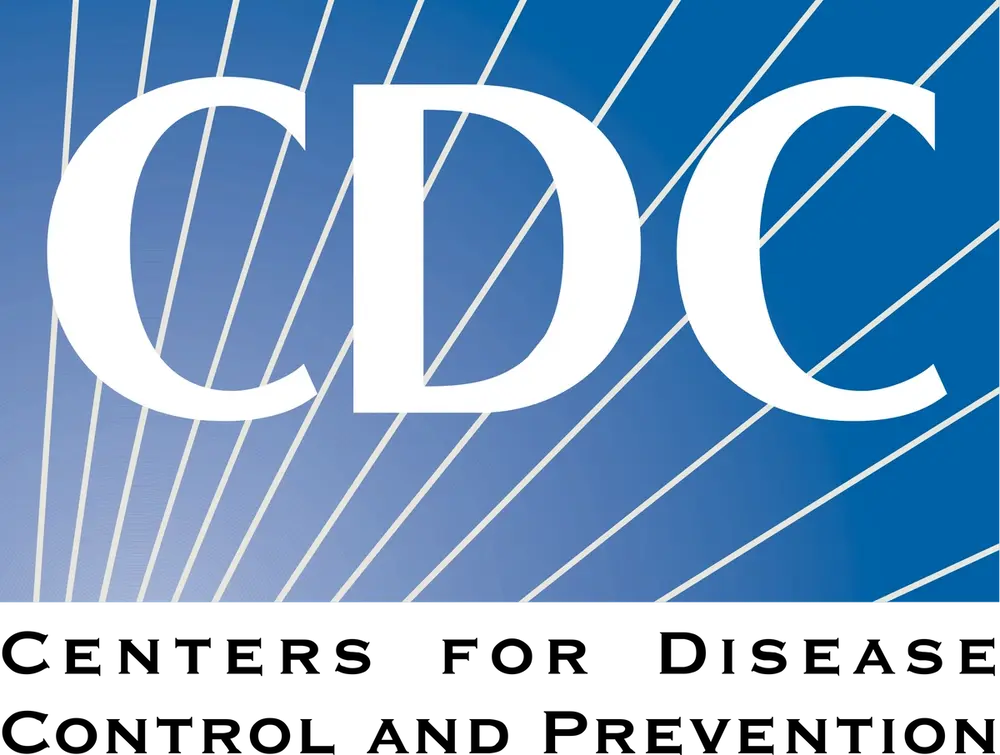The Centers for Disease Control and Prevention (CDC) is reporting that the patient identified with the first severe case of the avian influenza A(H5N1) in the US has differing mutations from previous cases and strongly suggests that the changes emerged during infection as virus replicated in the patient.1
Although the CDC writes on its website this is concerning, the federal agency reminds the public that A(H5N1) viruses can develop changes during the clinical course of a human infection. They also note these changes would be more concerning if found in animal hosts or within a few days of symptom onset when these changes might be more likely to facilitate transmission to others.1
According the federal agency, the first severe patient who lives in Louisiana was infected with A(H5N1) virus of the D11 genotype earlier this month that is closely related to other D11 viruses detected in wild birds and poultry in the US and in recent human cases in British Columbia, Canada, and Washington State. They also explain this virus genotype is different from the B313 genotype causing outbreaks in dairy cows, poultry, other animals, and sporadic human cases in the US. 1
The CDC performed deep sequencing of the genetic sequences from 2 clinical specimens from the patient in Louisiana to look for mutations associated with adaptation to mammals. There were some low frequency changes in the hemagglutinin (HA) gene segment of one of the specimens that are rare in people but have been reported in previous cases of A(H5N1) in other countries and most often during severe infections.
What You Need to Know
The A(H5N1) virus in the Louisiana patient showed mutations that likely emerged during infection, as the virus replicated in the patient's body. These changes were not observed in samples from nearby poultry, suggesting they are specific to the human host environment.
The Louisiana case involved the D11 genotype of A(H5N1), distinct from the B313 genotype responsible for other outbreaks in the US.
This is the first severe human case of A(H5N1) in the U.S., with previous cases presenting only mild symptoms.
One of the changes found was also identified in a specimen collected from the human case with severe illness detected in British Columbia, Canada, suggesting they emerged during the clinical course as the virus replicated in the patient. Analysis of the N1 neuraminidase (NA), matrix (M) and polymerase acid (PA) genes from the specimens showed no changes associated with known or suspected markers of reduced susceptibility to antiviral drugs.1
Comparison of influenza sequence data from viruses identified in wild birds and poultry in Louisiana, including poultry identified on the property of the patient, and other regions of the United States did not identify these changes. Of note, virus sequences from poultry sampled on the patient's property were nearly identical to the virus sequences from the patient but did not have the mixed nucleotides identified in the patient's clinical sample, strongly suggesting that the changes emerged during infection as virus replicated in the patient.
The Louisiana Patient has a history of exposure to backyard poultry. The patient is the first such case in the US to be severe enough to be hospitalized. Thus far, all previous patients in confirmed cases have had mild symptoms not requiring hospitalization. The case was confirmed by the CDC on December 13.2
In this latest update from December 26, no further information was provided on the patient’s condition. Previously, it was reported the person was 65 years old and had underlying medical conditions. Health officials said there has been no reported transmission from the patient in Louisiana to other persons.
References
1. Genetic Sequences of Highly Pathogenic Avian Influenza A(H5N1) Viruses Identified in a Person in Louisiana. CDC. December 26, 2024. Accessed December 28, 2024.
https://www.cdc.gov/bird-flu/spotlights/h5n1-response-12232024.html
2. CDC Confirms First Severe Case of H5N1 Bird Flu in the United States. CDC press release. December 18, 2024. Accessed December 28, 2024.
https://www.cdc.gov/media/releases/2024/m1218-h5n1-flu.html



















